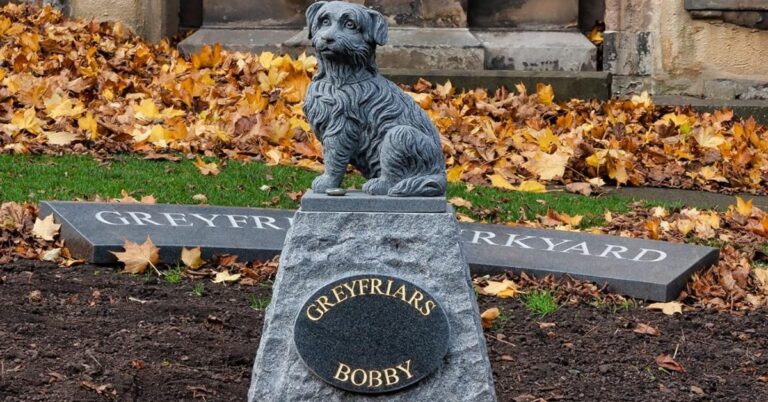20 Proven Ways To Calm Down Your Hyperactive Dog
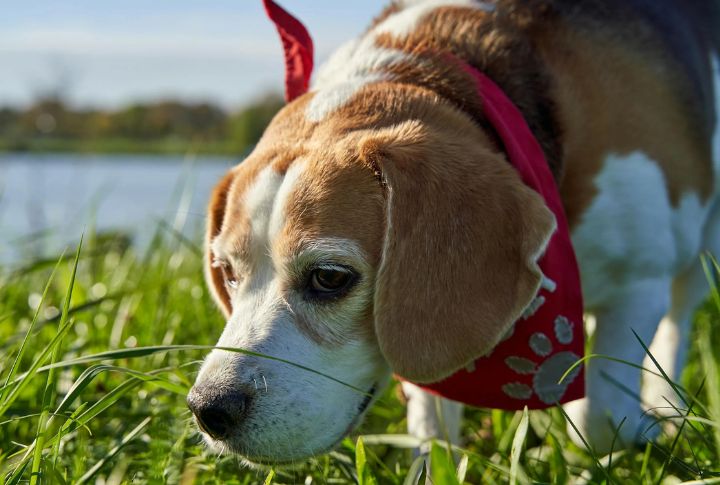
There’s no such thing as a “bad” high-energy dog—just one that hasn’t been given the tools to regulate. Calming your dog doesn’t come from one quick fix. It should be built slowly through movement, structure, and trust. These 20 techniques are effective because they align with how dogs think rather than just how we want them to behave.
Build Everyday Obedience Training
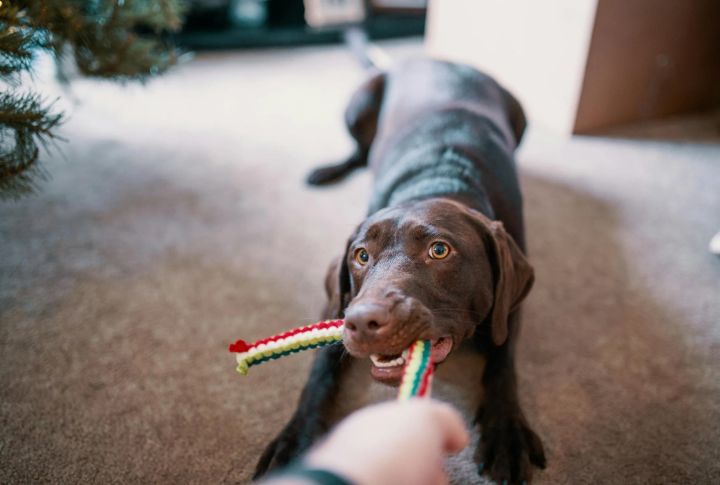
Dogs feel safer when they understand the rules. Training basic cues like “stay” or “leave it” gives them clarity during overstimulating moments. It also activates their thinking brain, which quiets the reactive one. Obedience work isn’t about dominance but about communication. And when communication improves, hyperactive behavior usually starts to fall away.
Engage In Scent Work Activities
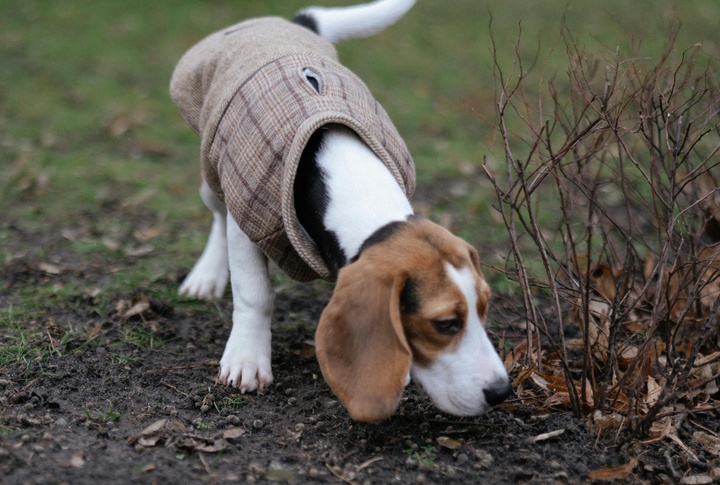
A dog’s nose leads everything they do. Guided scent games might give them purpose and improve focus while naturally encouraging slower movement and mental control. Even hiding kibble around the house can settle the brain in ways playing fetch never will. Structured sniffing is a powerful tool for dogs that struggle to calm down.
Utilize Puzzle Toys During Feeding

When meals require problem-solving, excitement turns into concentration. Puzzle feeders and snuffle mats slow your dog’s pace while tapping into their foraging instincts. These toys stretch out feeding time and reduce the spike in arousal that often comes with food. The result is a calmer body and a busier brain.
Use Communication Buttons
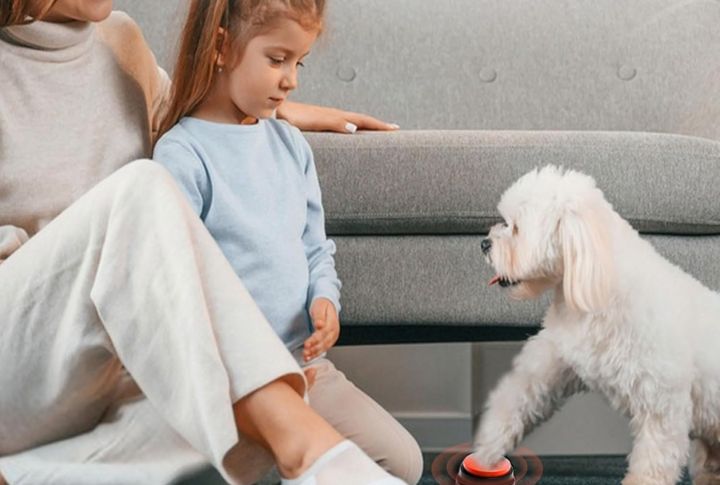
Teaching your dog to express needs through buttons is a fun activity that reduces frustration. Dogs that struggle with hyperactivity often act out because they don’t feel heard. Even one button tied to a single request can give them a sense of control. It’s less about vocabulary and more about mutual understanding.
Create DIY Busy Boxes
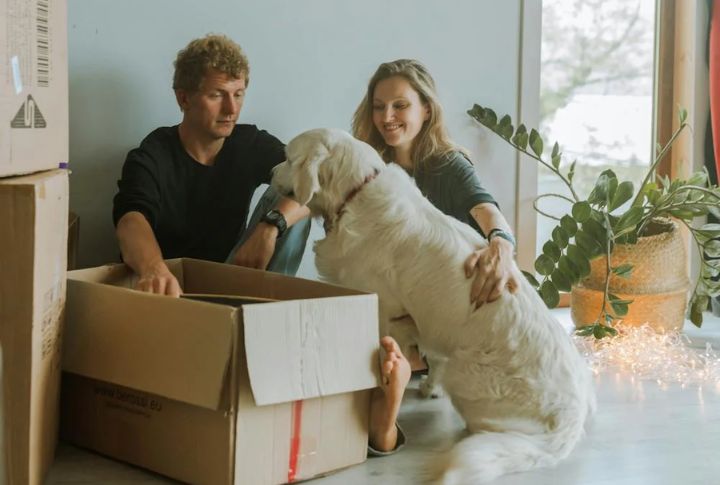
You don’t need fancy gear to keep your dog occupied. Fill a cardboard box with shredded paper and hidden treats, and let your dog dig in. It satisfies their drive to tear, forage, and problem-solve—all without destroying your furniture. For under-stimulated dogs, this kind of outlet is gold.
Use A Front-Clip Harness
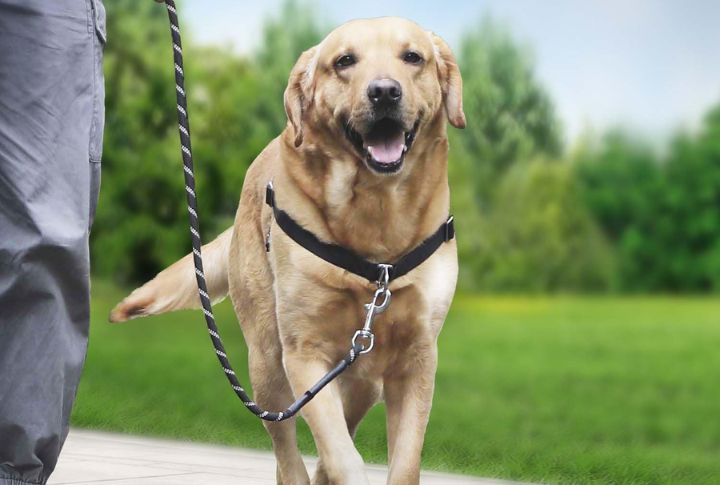
Swapping to a front-clip harness can completely transform your walks. Instead of letting your dog pull forward, this design gently turns their chest sideways, disrupting momentum. Pulling stops feeling rewarding, so they naturally ease up. Comfortable control reduces stress and encourages calmer walking habits for both of you.
Practice Loose-Leash Walking
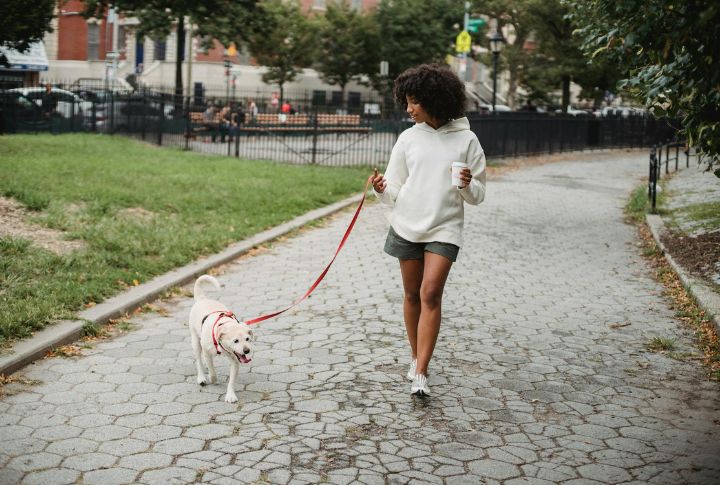
Power walking your dog through the neighborhood won’t calm them down, but teaching a slow, slack leash pace does. Reward them heavily for staying beside you, especially around triggers. The repetition builds emotional discipline and lowers their arousal over time. Think of it as a walking meditation.
Train Check-In Behavior
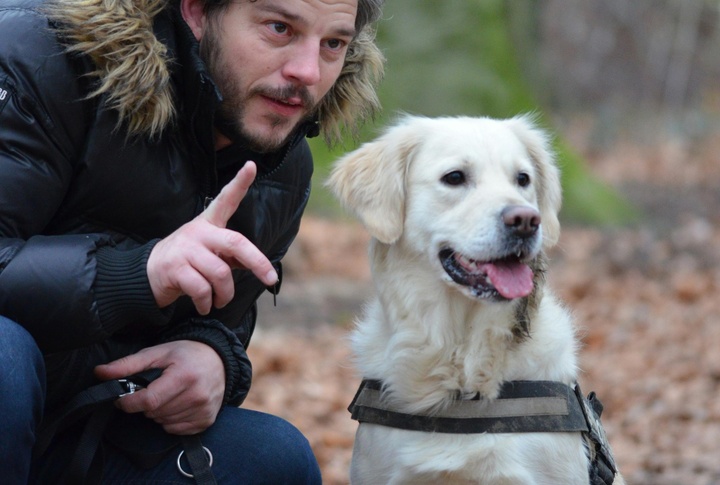
Hyper dogs often disconnect when their environment becomes too stimulating. “Check-ins” during walks are those moments when your dog glances back at you to anchor its attention. Encourage this by rewarding any eye contact. Soon, you’ll have a dog who chooses to stay engaged instead of reacting to every noise or movement.
Incorporate Decompression Walks
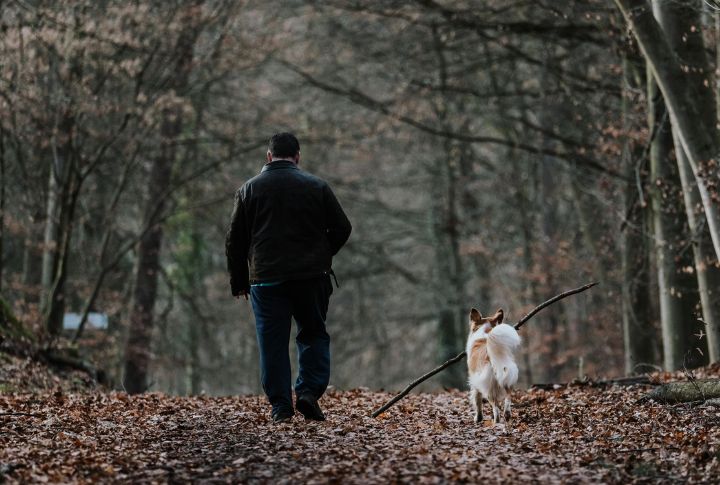
Not every walk needs to be structured. Letting your dog explore freely on a long leash or in a safe area allows them to decompress. Sniffing and choosing their own pace helps lower stress hormones and promotes overall calm behavior. It’s a mindful way to balance physical activity with mental wellness.
Train A “Sit” Or “Stay” For Greetings
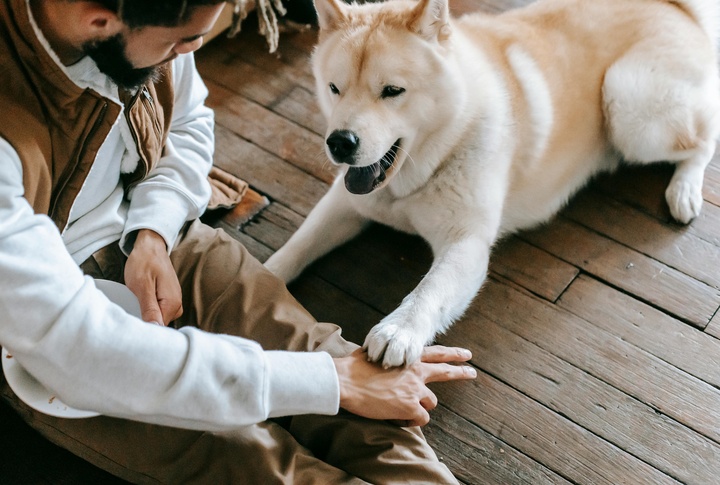
When guests arrive, excitement can quickly tip into chaos. Teaching your dog to hold a sit or stay helps rewire their response to these commands. Practice with calm visitors at first. Over time, that default leap-and-bark greeting turns into something more balanced and safer for everyone involved, especially if your dog’s on the larger side.
Instruct Visitors To Remain Calm
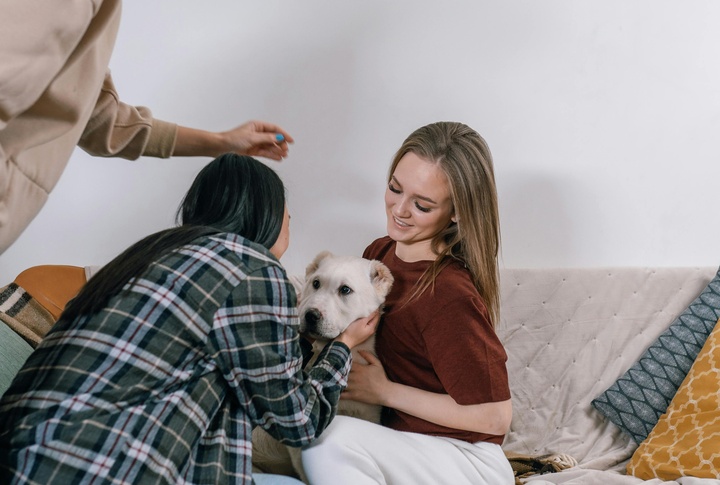
Most people mean well, but excited greetings can send your dog into overdrive. Ask visitors to walk in neutrally and wait until your dog settles. That pause reinforces the idea that calm behavior earns attention. With consistency, your dog learns that new people don’t always equal party time.
Establish A Pre-Meal Routine
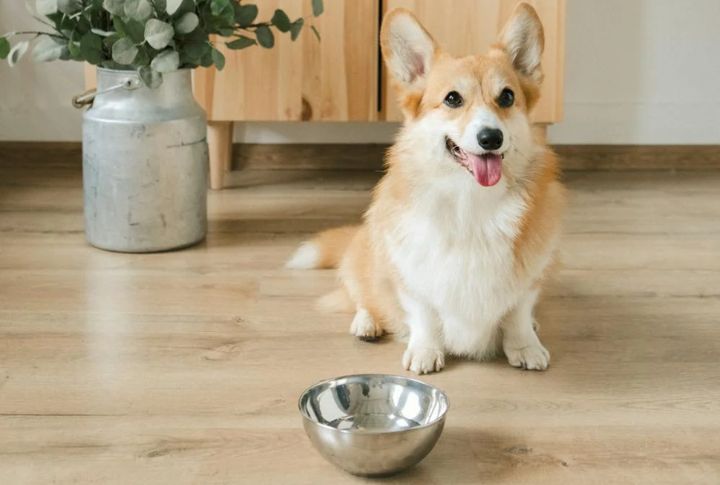
If your dog tends to spiral before meals, introducing a ritual can help. Ask them to calmly sit first, wait a few seconds, and then release them to eat. This ritual doesn’t need to be strict—just consistent. This helps build emotional control and prevents anxious food-related behaviors, such as spinning or frantic jumping.
Feed In A Quiet Environment
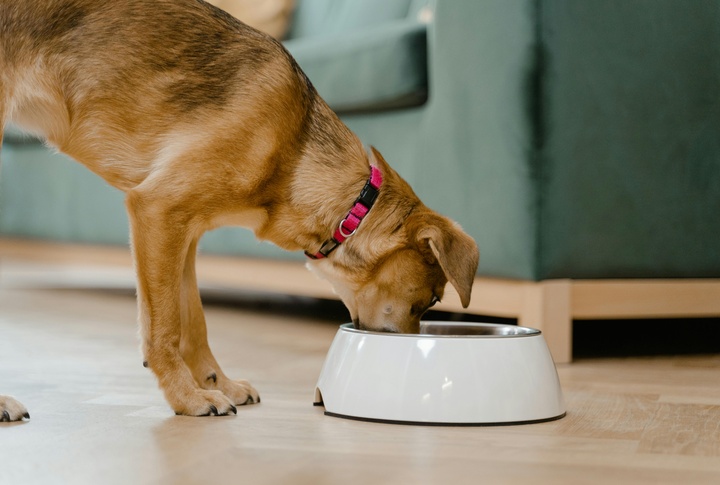
Dogs absorb energy from their surroundings. A loud or chaotic space can make mealtimes feel like a competition, spiking adrenaline and tension. Instead, feed in a low-stimulation area—somewhere predictable and calm. This change alone can reduce gulping and all the nervous habits that come with overstimulation.
Implement Calm Down Breaks During Play
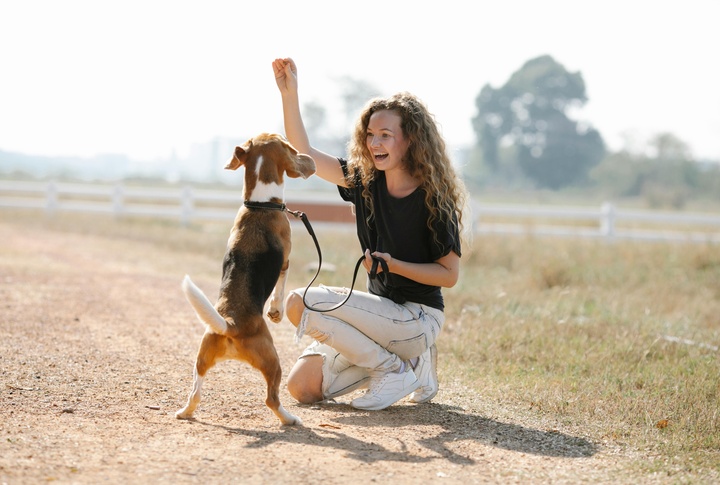
Even play has a tipping point. When energy surges too high, insert a quick break. Ask for a sit or down, reward calmness, then resume. These short pauses teach your dog how to regulate their emotional state. Done consistently, it keeps play sessions fun yet manageable, rather than teetering on the edge of chaos.
Use Mentally Stimulating Toys

Burning energy doesn’t always mean running laps. Toys that require problem-solving, such as treat puzzles or rotating chew challenges, keep dogs engaged for longer periods than squeaky balls. The trick is to rotate them to prevent boredom. You’ll notice less demand barking, fewer destructive habits, and a dog that chooses stillness more often without being told.
Teach “Drop It” and “Leave It” Commands
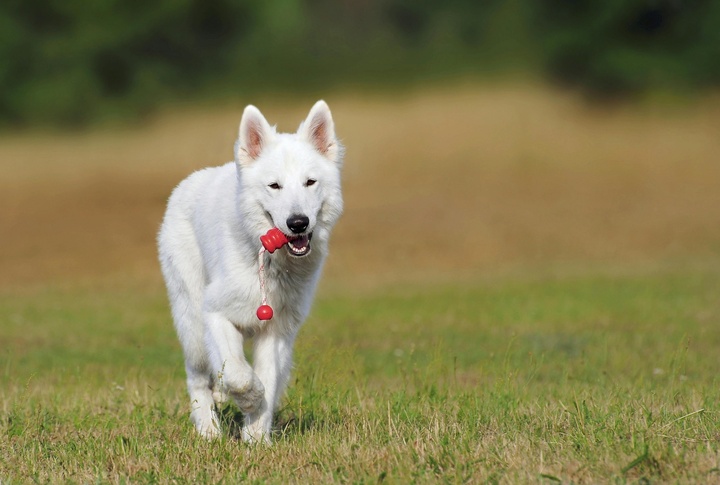
Impulse control in your dog’s behavior starts with the ability to disengage. Teaching these cues helps your dog break the fixation on toys, food, or distractions. It’s also a way to defuse rising energy before it peaks. With practice, your dog becomes easier to interrupt and redirect, which is half the battle with hyper behavior.
Desensitize To Triggering Noises
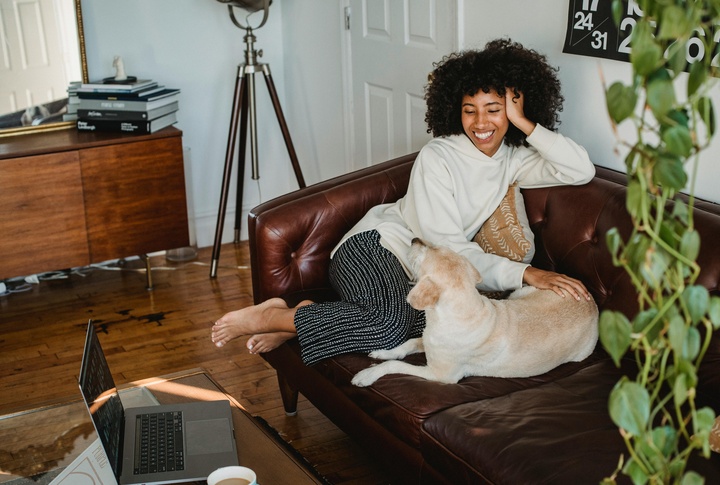
Sudden sounds can act like a match to gasoline in excitable dogs. Slow, steady desensitization—playing those sounds quietly while your dog remains relaxed—rewires their associations. It’s not about removing all sensitivity. What helps more is shifting their baseline reaction from panic to awareness without a meltdown.
Create A Safe Space During Loud Events
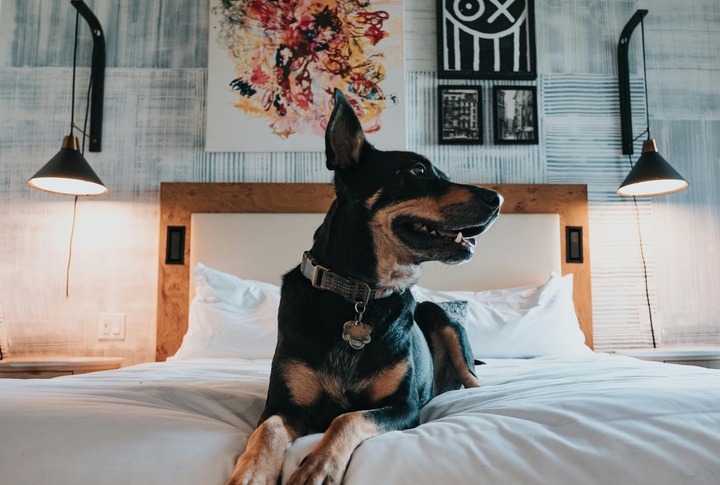
During storms or fireworks, some dogs need more than comfort—they need retreat. For this reason, design a cozy, window-free space where they can hide when things get loud. Include soft bedding and sound-muffling materials. When used regularly, this spot becomes a safe refuge instead of a forced confinement.
Use Calming Aids When Needed
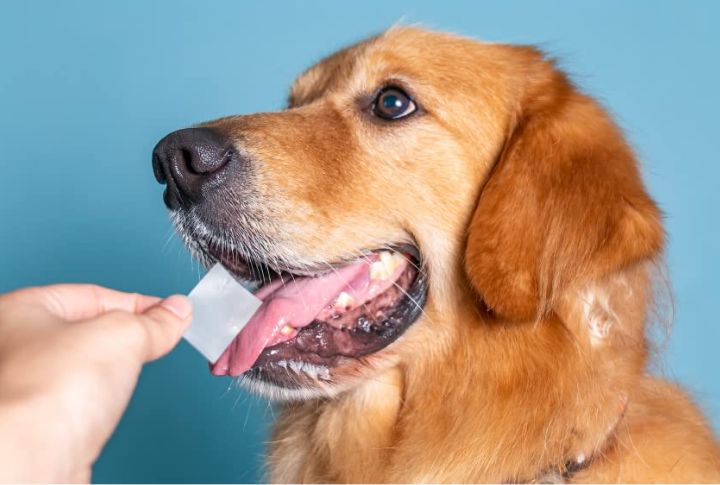
Some dogs benefit from additional support during periods of high stress. Here, we’re talking pheromone diffusers, calming wraps, or vet-approved chews, which can take the edge off enough for training to take root. These are bridges—tools that make learning possible when a dog’s nervous system is firing on all cylinders.
Maintain A Consistent Routine

Hyperactivity in dogs often stems from unpredictability. Dogs thrive on rhythm, where you feed, walk, play, and train around the same windows each day. Over time, this consistency helps lower stress and enables your dog to anticipate what’s coming rather than becoming anxious and overwhelmed. Predictable means stable, which is precisely what excitable dogs need most.


